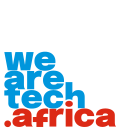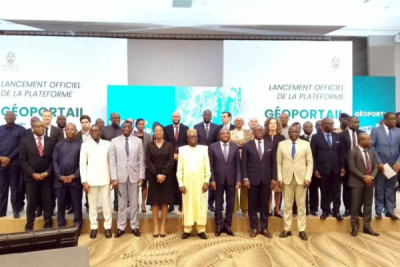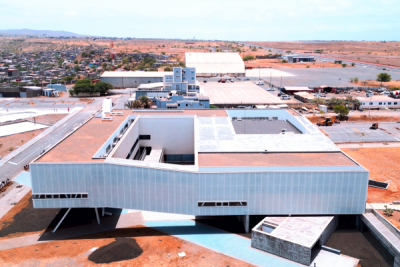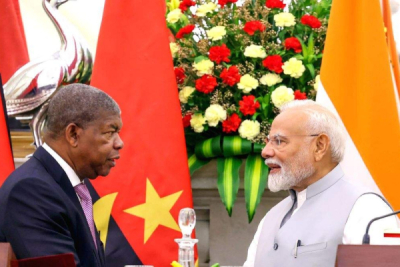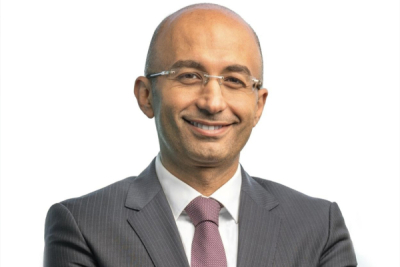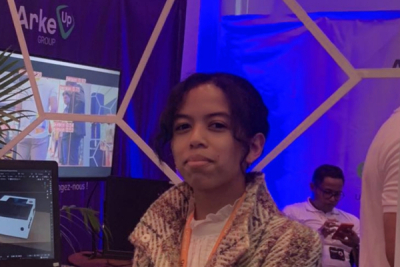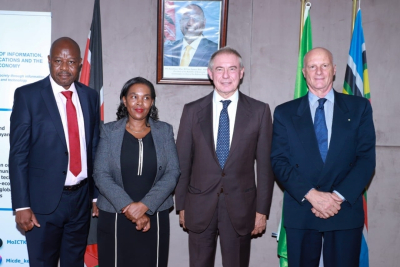- Morocco has allocated $3.6 million to modernize 45 wholesale fisheries markets, enhancing transaction transparency and product traceability.
- Part of the Halieutis strategy, the project supports sustainable fisheries, food security, and economic growth, with the sector contributing 2.3% of GDP and generating over 700,000 jobs.
Morocco has invested 34 million dirhams (approximately $3.6 million) to digitize auctions in 45 wholesale markets as part of its efforts to modernize the fisheries sector. This initiative, spearheaded by the State Secretariat in charge of Maritime Fisheries, aims to boost transaction transparency, improve product traceability, and optimize distribution across the national market.
State Secretary Zakia Driouich announced the plan on Tuesday, May 6, before the Chamber of Advisors, specifying that the digitization encompasses all documents used within these facilities. This move will enable better tracking of seafood product flows and help to curb informal practices that persist in some marketing channels.
This investment aligns with the Halieutis strategy, launched in 2009, which seeks to establish Morocco as a competitive and sustainable fisheries hub. Beyond its contribution to food security, the sector accounts for about 2.3% of the national GDP, providing 220,000 direct jobs and over 500,000 indirect jobs. In 2024, national production reached 1.42 million tons, valued at 16.3 billion dirhams, solidifying the kingdom's position as a leading global exporter of processed and frozen seafood products.
More than just digitizing paperwork, this initiative sets the stage for a broader transformation of the sector. By automating sales processes, the government hopes to not only enhance the operational efficiency of wholesale markets but also to create a foundation for interconnecting various stages of the value chain, from catch to final distribution. Over the long term, this approach could facilitate the integration of new technologies, such as real-time traceability systems, logistics management platforms, and tools for monitoring prices and traded volumes.
To date, 45 of the 70 existing wholesale markets have been included in this operation. The project is ongoing, suggesting further investment phases to extend digitization across the country, particularly in landing sites and fishing villages.
By Samira Njoya,
Editing by Sèna D. B. de Sodji
